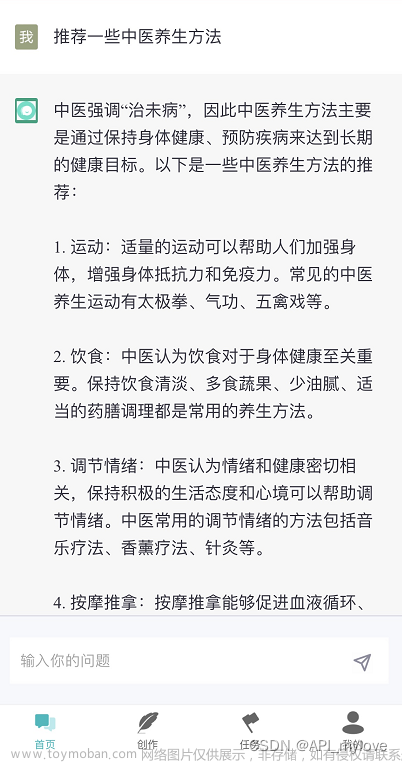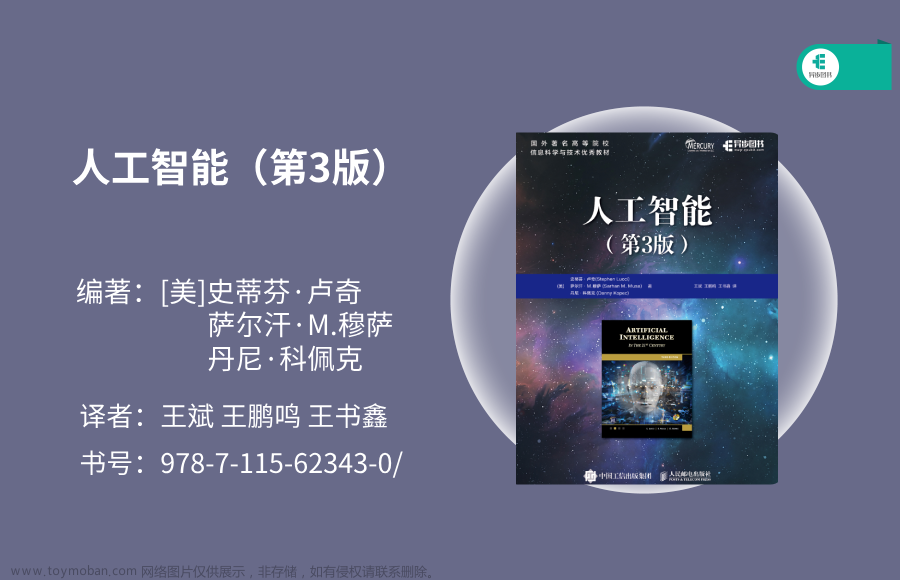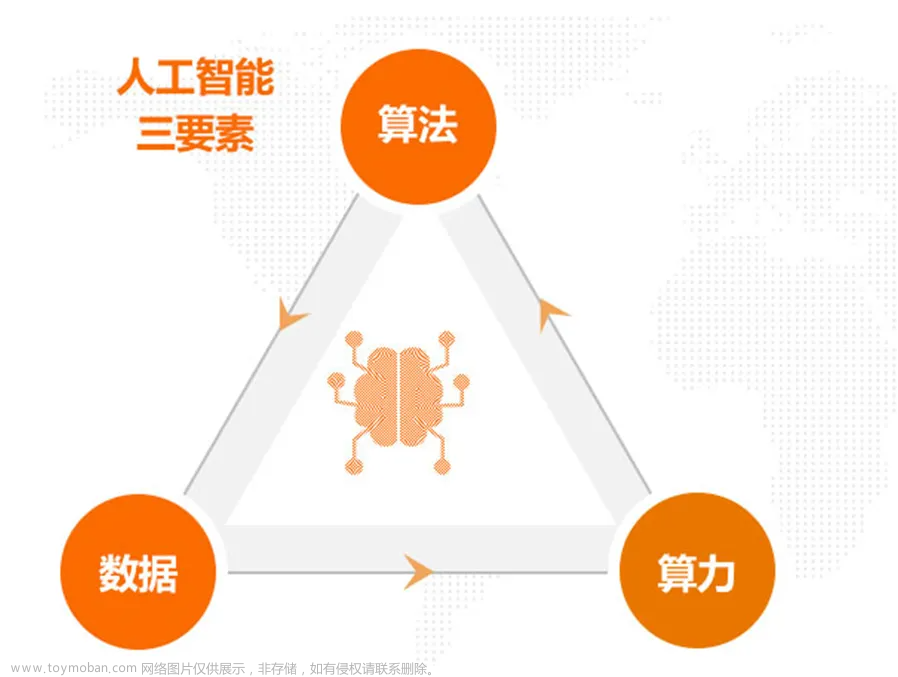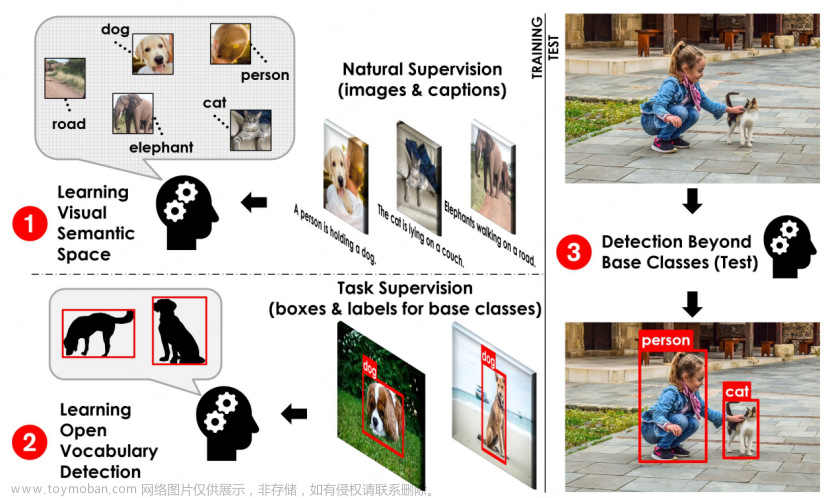引言
前面我们已经做好了必要的准备工作,包括对相关知识点的了解以及环境的安装。今天我们将重点关注代码方面的内容。如果你已经具备了Java编程基础,那么理解Python语法应该不会成为问题,毕竟只是语法的差异而已。随着时间的推移,你自然会逐渐熟悉和掌握这门语言。现在让我们开始吧!
环境安装命令
在使用之前,我们需要先进行一些必要的准备工作,其中包括执行一些命令。如果你已经仔细阅读了Milvus的官方文档,你应该已经了解到了这一点。下面是需要执行的一些命令示例:
pip3 install langchain
pip3 install openai
pip3 install protobuf==3.20.0
pip3 install grpcio-tools
python3 -m pip install pymilvus==2.3.2
python3 -c "from pymilvus import Collection"
快速入门
现在,我们来尝试使用官方示例,看看在没有集成LangChain的情况下,我们需要编写多少代码才能完成插入、查询等操作。官方示例已经在前面的注释中详细讲解了所有的流程。总体流程如下:
- 连接到数据库
- 创建集合(这里还有分区的概念,我们不深入讨论)
- 插入向量数据(我看官方文档就简单插入了一些数字...)
- 创建索引(根据官方文档的说法,通常在一定数据量下是不会经常创建索引的)
- 查询数据
- 删除数据
- 断开与数据库的连接
通过以上步骤,你会发现与连接MySQL数据库的操作非常相似。
# hello_milvus.py demonstrates the basic operations of PyMilvus, a Python SDK of Milvus.
# 1. connect to Milvus
# 2. create collection
# 3. insert data
# 4. create index
# 5. search, query, and hybrid search on entities
# 6. delete entities by PK
# 7. drop collection
import time
import numpy as np
from pymilvus import (
connections,
utility,
FieldSchema, CollectionSchema, DataType,
Collection,
)
fmt = "\n=== {:30} ===\n"
search_latency_fmt = "search latency = {:.4f}s"
num_entities, dim = 3000, 8
#################################################################################
# 1. connect to Milvus
# Add a new connection alias `default` for Milvus server in `localhost:19530`
# Actually the "default" alias is a buildin in PyMilvus.
# If the address of Milvus is the same as `localhost:19530`, you can omit all
# parameters and call the method as: `connections.connect()`.
#
# Note: the `using` parameter of the following methods is default to "default".
print(fmt.format("start connecting to Milvus"))
connections.connect("default", host="localhost", port="19530")
has = utility.has_collection("hello_milvus")
print(f"Does collection hello_milvus exist in Milvus: {has}")
#################################################################################
# 2. create collection
# We're going to create a collection with 3 fields.
# +-+------------+------------+------------------+------------------------------+
# | | field name | field type | other attributes | field description |
# +-+------------+------------+------------------+------------------------------+
# |1| "pk" | VarChar | is_primary=True | "primary field" |
# | | | | auto_id=False | |
# +-+------------+------------+------------------+------------------------------+
# |2| "random" | Double | | "a double field" |
# +-+------------+------------+------------------+------------------------------+
# |3|"embeddings"| FloatVector| dim=8 | "float vector with dim 8" |
# +-+------------+------------+------------------+------------------------------+
fields = [
FieldSchema(name="pk", dtype=DataType.VARCHAR, is_primary=True, auto_id=False, max_length=100),
FieldSchema(name="random", dtype=DataType.DOUBLE),
FieldSchema(name="embeddings", dtype=DataType.FLOAT_VECTOR, dim=dim)
]
schema = CollectionSchema(fields, "hello_milvus is the simplest demo to introduce the APIs")
print(fmt.format("Create collection `hello_milvus`"))
hello_milvus = Collection("hello_milvus", schema, consistency_level="Strong")
################################################################################
# 3. insert data
# We are going to insert 3000 rows of data into `hello_milvus`
# Data to be inserted must be organized in fields.
#
# The insert() method returns:
# - either automatically generated primary keys by Milvus if auto_id=True in the schema;
# - or the existing primary key field from the entities if auto_id=False in the schema.
print(fmt.format("Start inserting entities"))
rng = np.random.default_rng(seed=19530)
entities = [
# provide the pk field because `auto_id` is set to False
[str(i) for i in range(num_entities)],
rng.random(num_entities).tolist(), # field random, only supports list
rng.random((num_entities, dim)), # field embeddings, supports numpy.ndarray and list
]
insert_result = hello_milvus.insert(entities)
hello_milvus.flush()
print(f"Number of entities in Milvus: {hello_milvus.num_entities}") # check the num_entities
################################################################################
# 4. create index
# We are going to create an IVF_FLAT index for hello_milvus collection.
# create_index() can only be applied to `FloatVector` and `BinaryVector` fields.
print(fmt.format("Start Creating index IVF_FLAT"))
index = {
"index_type": "IVF_FLAT",
"metric_type": "L2",
"params": {"nlist": 128},
}
hello_milvus.create_index("embeddings", index)
################################################################################
# 5. search, query, and hybrid search
# After data were inserted into Milvus and indexed, you can perform:
# - search based on vector similarity
# - query based on scalar filtering(boolean, int, etc.)
# - hybrid search based on vector similarity and scalar filtering.
#
# Before conducting a search or a query, you need to load the data in `hello_milvus` into memory.
print(fmt.format("Start loading"))
hello_milvus.load()
# -----------------------------------------------------------------------------
# search based on vector similarity
print(fmt.format("Start searching based on vector similarity"))
vectors_to_search = entities[-1][-2:]
search_params = {
"metric_type": "L2",
"params": {"nprobe": 10},
}
start_time = time.time()
result = hello_milvus.search(vectors_to_search, "embeddings", search_params, limit=3, output_fields=["random"])
end_time = time.time()
for hits in result:
for hit in hits:
print(f"hit: {hit}, random field: {hit.entity.get('random')}")
print(search_latency_fmt.format(end_time - start_time))
# -----------------------------------------------------------------------------
# query based on scalar filtering(boolean, int, etc.)
print(fmt.format("Start querying with `random > 0.5`"))
start_time = time.time()
result = hello_milvus.query(expr="random > 0.5", output_fields=["random", "embeddings"])
end_time = time.time()
print(f"query result:\n-{result[0]}")
print(search_latency_fmt.format(end_time - start_time))
# -----------------------------------------------------------------------------
# pagination
r1 = hello_milvus.query(expr="random > 0.5", limit=4, output_fields=["random"])
r2 = hello_milvus.query(expr="random > 0.5", offset=1, limit=3, output_fields=["random"])
print(f"query pagination(limit=4):\n\t{r1}")
print(f"query pagination(offset=1, limit=3):\n\t{r2}")
# -----------------------------------------------------------------------------
# hybrid search
print(fmt.format("Start hybrid searching with `random > 0.5`"))
start_time = time.time()
result = hello_milvus.search(vectors_to_search, "embeddings", search_params, limit=3, expr="random > 0.5",
output_fields=["random"])
end_time = time.time()
for hits in result:
for hit in hits:
print(f"hit: {hit}, random field: {hit.entity.get('random')}")
print(search_latency_fmt.format(end_time - start_time))
###############################################################################
# 6. delete entities by PK
# You can delete entities by their PK values using boolean expressions.
ids = insert_result.primary_keys
expr = f'pk in ["{ids[0]}" , "{ids[1]}"]'
print(fmt.format(f"Start deleting with expr `{expr}`"))
result = hello_milvus.query(expr=expr, output_fields=["random", "embeddings"])
print(f"query before delete by expr=`{expr}` -> result: \n-{result[0]}\n-{result[1]}\n")
hello_milvus.delete(expr)
result = hello_milvus.query(expr=expr, output_fields=["random", "embeddings"])
print(f"query after delete by expr=`{expr}` -> result: {result}\n")
###############################################################################
# 7. drop collection
# Finally, drop the hello_milvus collection
print(fmt.format("Drop collection `hello_milvus`"))
utility.drop_collection("hello_milvus")
升级版
现在,让我们来看一下使用LangChain版本的代码。由于我们使用的是封装好的Milvus,所以我们需要一个嵌入模型。在这里,我们选择了HuggingFaceEmbeddings中的sensenova/piccolo-base-zh模型作为示例,当然你也可以选择其他模型,这里没有限制。只要能将其作为一个变量传递给LangChain定义的函数调用即可。
下面是一个简单的示例,包括数据库连接、插入数据、查询以及得分情况的定义:
from langchain.embeddings import HuggingFaceEmbeddings
from langchain.vectorstores import Milvus
model_name = "sensenova/piccolo-base-zh"
embeddings = HuggingFaceEmbeddings(model_name=model_name)
print("链接数据库")
vector_db = Milvus(
embeddings,
connection_args={"host": "localhost", "port": "19530"},
collection_name="hello_milvus",
)
print("简单传入几个值")
vector_db.add_texts(["12345678","789","努力的小雨是一个知名博主,其名下有公众号【灵墨AI探索室】,博客:稀土掘金、博客园、51CTO及腾讯云等","你好啊","我不好"])
print("查询前3个最相似的结果")
docs = vector_db.similarity_search_with_score("你好啊",3)
print("查看其得分情况,分值越低越接近")
for text in docs:
print('文本:%s,得分:%s'%(text[0].page_content,text[1]))

注意,以上代码只是一个简单示例,具体的实现可能会根据你的具体需求进行调整和优化。
在langchain版本的代码中,如果你想要执行除了自己需要开启docker中的milvus容器之外的操作,还需要确保你拥有网络代理。这里不多赘述,因为HuggingFace社区并不在国内。
个人定制版
接下来,我们将详细了解如何调用openai模型来回答问题!
from dotenv import load_dotenv
from langchain.prompts import ChatPromptTemplate, SystemMessagePromptTemplate, HumanMessagePromptTemplate;
from langchain import PromptTemplate
from langchain.chains import LLMChain
from langchain.chat_models.openai import ChatOpenAI
from langchain.schema import BaseOutputParser
# 加载env环境变量里的key值
load_dotenv()
# 格式化输出
class CommaSeparatedListOutputParser(BaseOutputParser):
"""Parse the output of an LLM call to a comma-separated list."""
def parse(self, text: str):
"""Parse the output of an LLM call."""
return text.strip().split(", ")
# 先从数据库查询问题解
docs = vector_db.similarity_search("努力的小雨是谁?")
doc = docs[0].page_content
chat = ChatOpenAI(model_name='gpt-3.5-turbo', temperature=0)
template = "请根据我提供的资料回答问题,资料: {input_docs}"
system_message_prompt = SystemMessagePromptTemplate.from_template(template)
human_template = "{text}"
human_message_prompt = HumanMessagePromptTemplate.from_template(human_template)
chat_prompt = ChatPromptTemplate.from_messages([system_message_prompt, human_message_prompt])
# chat_prompt.format_messages(input_docs=doc, text="努力的小雨是谁?")
chain = LLMChain(
llm=chat,
prompt=chat_prompt,
output_parser=CommaSeparatedListOutputParser()
)
chain.run(input_docs=doc, text="努力的小雨是谁?")
当你成功运行完代码后,你将会得到你所期望的答案。如下图所示,这些答案将会展示在你的屏幕上。不然,如果系统不知道这些问题的答案,那它又如何能够给出正确的回答呢?
 文章来源:https://www.toymoban.com/news/detail-746340.html
文章来源:https://www.toymoban.com/news/detail-746340.html
总结
通过本系列文章的学习,我们已经对个人或企业知识库有了一定的了解。尽管OpenAI已经提供了私有知识库的部署选项,但是其高昂的成本对于一些企业来说可能是难以承受的。无论将来国内企业是否会提供个人或企业知识库的解决方案,我们都需要对其原理有一些了解。无论我们的预算多少,都可以找到适合自己的玩法,因为不同预算的玩法也会有所不同。文章来源地址https://www.toymoban.com/news/detail-746340.html
到了这里,关于🔥🔥探索人工智能的世界:构建智能问答系统之实战篇的文章就介绍完了。如果您还想了解更多内容,请在右上角搜索TOY模板网以前的文章或继续浏览下面的相关文章,希望大家以后多多支持TOY模板网!











